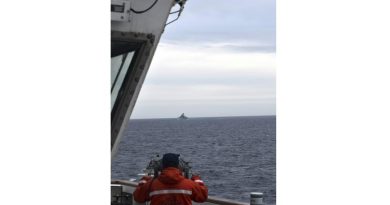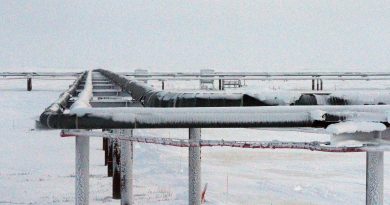WMO provisional climate report outlines shrinking sea ice extent & decreased glacier mass in Arctic
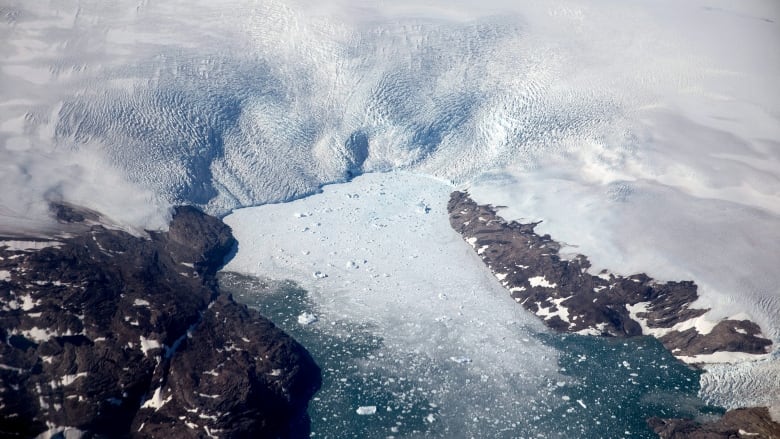
From below-normal Arctic sea ice area to negative mass balances on the Greenland and Antarctic Ice Sheets, the World Meteorological Organization’s most recent provisional State of the Global Climate report, paints a troubling picture of the changing cryosphere.
“It rained – rather than snowed – for the first time on record at the peak of the Greenland ice sheet,” WMO Secretary-General Prof. Petteri Taalas said on Sunday.
“Canadian glaciers suffered rapid melting. A heatwave in Canada and adjacent parts of the USA pushed temperatures to nearly 50°C in a village in British Columbia. Death Valley, California reached 54.4 °C during one of multiple heatwaves in the southwestern USA, whilst many parts of the Mediterranean experienced record temperatures. The exceptional heat was often accompanied by devastating fires.”
The report describes conditions on the Greenland Ice Sheet in mid-August as “exceptional” with temperatures rising to 0 degrees at Summit Station, the highest point on the ice sheet.
“This is the first time that rain has been observed at Summit, and marks the third time in the last nine years that the Summit has experienced melting conditions,” the report says.
“Ice core records indicate that only one such melt event occurred in the 20th century.”
Sea Ice changes
March 2021 was the 9th or 10th lowest (depending on the data set used) sea ice extent since it began being measured in 1979.
Global sea ice extent in July was the second to fourth lowest on record, tying with 2012 and 2019 measurements, with the Laptev Sea and the East Greenland Sea having much less ice than usual.
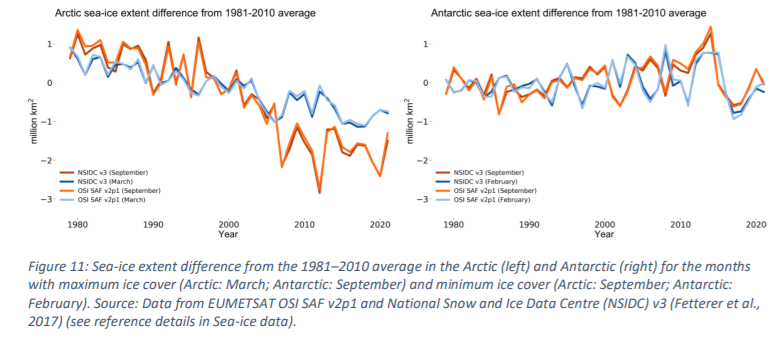
Other regions of the Arctic, like the Beaufort and Chukchi Seas, had more ice than usual, while the Eastern Kara Sea had ice that lasted the entire season. Ice conditions in the Beaufort Sea were also helped by wind patterns that sent multiyear ice into it.
Later on in the summer, a period of colder weather moved in across the Arctic Ocean slowing ice melt in August. That led the minimum September sea ice extent to be bigger than recent years, but still below the averages from 1981-2010.
“The 2021 minimum extent was observed on September 16 at 4.72 million km2 while the mean September ice extent was 4.92 million km2, significantly below the 1981-2010 average,” the report said.
“Sea-ice extent in the East Greenland Sea was a record low by a large margin.
“Climate change is also triggering the disintegration of the Greenland and Antarctic ice sheets and increasing the chances of the Arctic Ocean being ice-free in the summer, further disrupting ocean circulation and Arctic ecosystems.”
Canada feels impact of heatwaves
The effects of heatwaves in June and July were also felt across Canada, with Lytton, a village in British Columbia, breaking the Canadian national temperature record by 4.6 °C when it posted a reading of 49.6 °C on June 29. Elsewhere in the province, health authorities reported 569 heat-related deaths.
The heatwave also affected glaciers, with those in western Canada being especially hard hit, along with those in the pacific northwest of the United States.
“In the Coast Mountains of British Columbia, Place and Helm glaciers lost more mass during the period 2020-2021 than in any year since measurements began in 1965,” the report said.
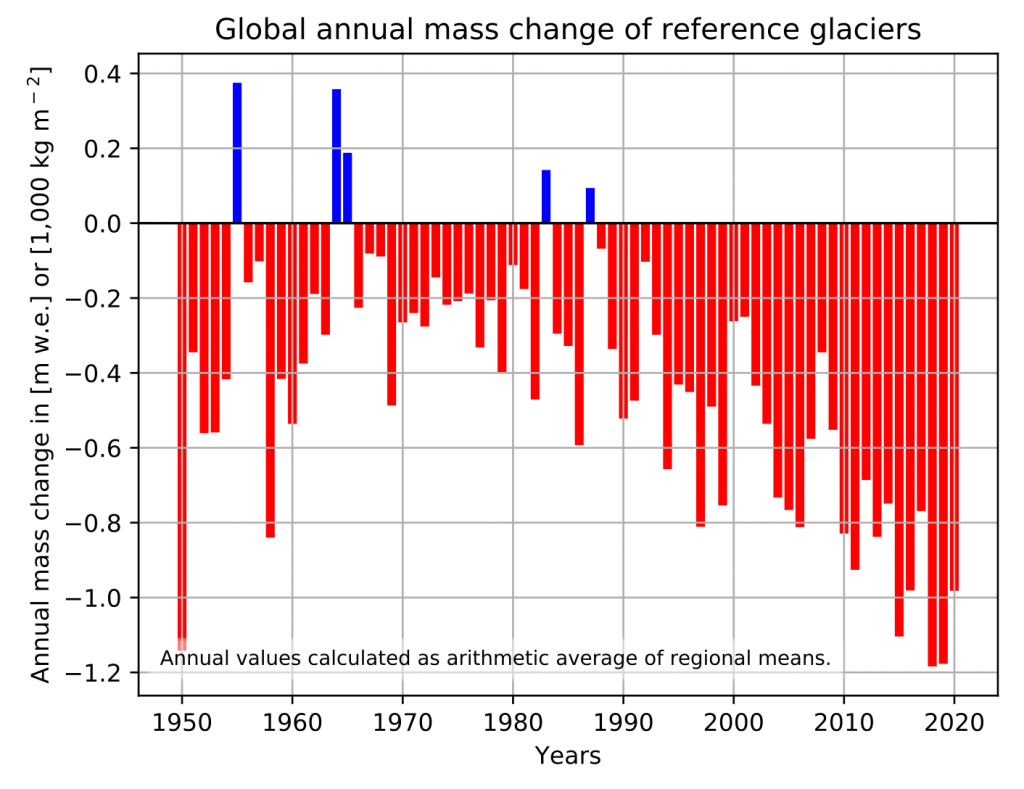
“Little snow remained on most of the mountain glaciers in this region by mid-August, and many of these glaciers have lost their firn zone, where multi-year snow undergoes the transformation from snow to glacial ice,” the report said.
“Particulate deposition – including soot and ash – from extensive regional wildfire activity in summer 2021 meant that the surfaces of the glaciers were unusually dark in July and August and absorbed more sunlight than usual, contributing to the extreme mass loss.”
COP26 getting underway in Glasgow
The overall trends in the provisional WMO report suggest 2021 is shaping up to the be the seventh warmest year on record.
The provisional report, released on Sunday, coincides with the COP 26 conference currently underway in Galsgow, Scotland.
“From the ocean depths to mountain tops, from melting glaciers to relentless extreme weather events, ecosystems and communities around the globe are being devastated,” United Nations Secretary-General António Guterres said in a news release on Sunday.
“COP26 must be a turning point for people and planet.”

The main goal of the meeting is to move forward on climate action, finance and other issues in order to fully put into operation the Paris Climate Change Agreement.
“At the current rate of increase in greenhouse gas concentrations, we will see a temperature increase by the end of this century far in excess of the Paris Agreement targets of 1.5 to 2 degrees Celsius above pre-industrial levels,” said Petteri Taalas, the WMO’s Secretary-General.
“COP26 is a make-or-break opportunity to put us back on track.”
The final WMO report for 2021 with complete 12-month data for the year will be published in 2022.
COP26 runs until November 12.
Write to Eilís Quinn at eilis.quinn(at)cbc.ca
Related stories from around the North:
Canada: Continued sea ice loss could alter food web for some Arctic marine predators, says Canadian study, Eye on the Arctic
Finland: Climate change worries Finland’s young reindeer herders, Yle News
Norway: Norway’s new government highlights fight against climate change and continued oil drilling, The Independent Barents Observer
Greenland: Arctic SOS to Climate COP26 – urgent action needed to avert weather catastrophe, Blog by Irene Quaile
Russia: City in Arctic Russia cooling ground to preserve buildings on thawing permafrost, The Independent Barents Observer
Sweden: Sweden aims to be ‘role model and bridge builder’ on climate change, Radio Sweden
United States: Inuit leaders call for “unprecedented and massive” action on climate as world leaders gather for COP26, Eye on the Arctic

